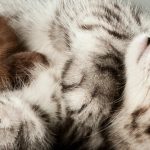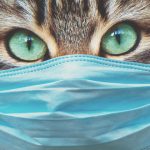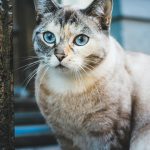Table of Contents
As a cat mom, I’m always mindful of my furry friends’ eating habits. It’s concerning when cats stop eating because the risks can vary greatly depending on their age and lifestyle. A healthy adult cat might skip a meal, but if it hasn’t eaten for more than 24 hours, that’s a red flag. Outdoor cats and feral cats may have more resilience due to their survival instincts, but an eating environment that lacks a consistent food source poses serious health threats. A cat goes without eating for too long, and it’s crucial to get them to a vet sooner rather than later.
Recognizing When Your Cat Isn’t Eating or Drinking
I know firsthand how worrisome it can be when your cat is not engaging in eating or drinking. It’s vital to identify potential issues swiftly, whether they be kidney disease or dental problems. Sometimes, it’s the simpler things like digestive issues that disrupt their routine. However, regardless of the cause, a cat that ceases eating or drinking signals a need for immediate attention.
Identifying Signs of Decreased Appetite in Cats
Spotting a decrease in your cat’s appetite can be tricky, but there are tell-tale signs. It starts with the food bowl; if your cat is leaving more food behind than usual, it’s a clue they’re not as hungry. Also, watch for any changes in behavior around mealtime. If they approach their food with hesitation or sniff it without much interest, they might be telling you something isn’t right.
Other times, it’s not about how much they eat but where. Cats are particular about their eating environment, so a food bowl placed in a noisy area or near other pets can deter them. And don’t forget, cleanliness is next to cattiness – a dirty bowl will often lead to a kitty turning up their nose at mealtime.
The Seriousness of Prolonged Fasting in Felines
Going without food can have dire consequences for cats. Their bodies are not designed to live without food as long as humans can. A prolonged lack of nutrition can lead to a condition called hepatic lipidosis, a serious liver disease. It’s a slippery slope; the longer a cat goes without eating, the more their health is compromised.
That’s why, as a pet parent, I stay alert to any changes in my cats’ eating patterns. Recognizing the seriousness of feline fasting early on can mean the difference between a quick recovery and long-term health issues.
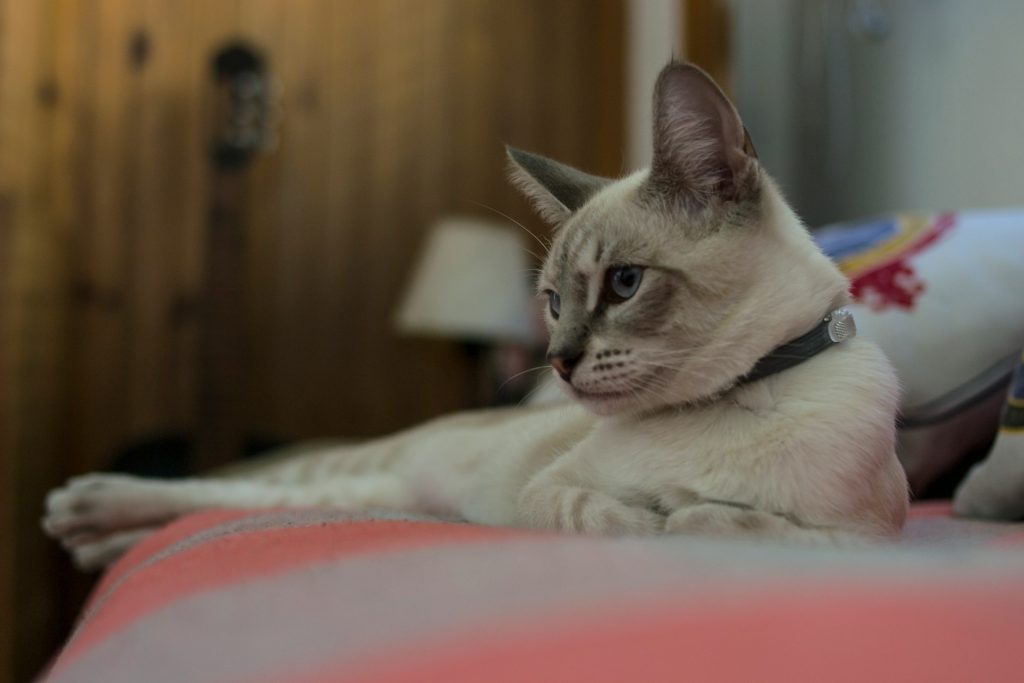
Deciphering the Duration a Cat Can Safely Fast
It’s a common question I see from fellow cat owners – how long can a cat safely go without eating? While a healthy cat can endure 24 hours without food, any longer than that, you should be consulting your veterinarian.
Critical Timelines for Food and Water Deprivation
Critical timelines are crucial when we talk about cats and fasting. If a cat hasn’t eaten for more than 24 hours, it’s time to take action. The same goes for water; dehydration can set in quickly and is just as dangerous as starvation. So, keep an eye on both food and water consumption daily.
Every cat is different, and some might show signs of distress sooner. It’s essential to remember that these timelines are general guidelines and that individual circumstances might require a quicker response.
Dangers of a Cat Going Without Eating for Too Long
The dangers a cat faces when it goes without eating for too long can be severe. Fatty liver disease, or hepatic lipidosis, is a prime concern for a cat that stops eating their food. This condition can lead to liver failure and is life-threatening if not treated promptly.
If a cat is not drinking on top of not eating, dehydration can compound the problem, making it all the more urgent to ensure food and water bowls are clean and appealing. Keeping a close watch on your cat’s body condition and behavior is vital for catching these dangers early.
Investigating the Reasons Behind a Cat’s Loss of Appetite
There are many reasons why your cat might suddenly become one of those picky eaters. From inflamed gums to kidney disease, the causes are diverse. Skin issues can also lead to discomfort that affects their desire to eat. It’s important to consider these possibilities and seek professional advice if you notice a change in your cat’s eating habits.
Common Health Issues That Affect Feline Eating Habits
As a cat owner, understanding the common health issues that can affect your cat’s appetite is essential. These range from dental disease, which can make chewing painful, to gastrointestinal problems that upset their stomach. Then there’s kidney disease, which can cause nausea and a general disinterest in food. Monitoring your cat’s health can help you spot these issues before they become critical.
Environmental factors play a role as well. Cats are sensitive creatures, and their eating habits can be disrupted by stress, anxiety, or changes in their surroundings. Keeping a stable and peaceful eating environment can help mitigate these issues and keep your cat eating regularly.
Environmental and Psychological Factors Leading to Anorexia in Cats
Anorexia in cats isn’t just about food; it’s often a signal of deeper environmental or psychological issues. Stressful changes in the home, like moving furniture or the addition of a new pet, can affect your cat’s desire to eat. Similarly, cats that are anxious or depressed may lose their appetite altogether, showcasing the importance of a nurturing and stable environment.
These factors can sometimes be subtle, so it’s important to pay attention to your cat’s behavior and any changes in their routine. A cat that used to be first at the food bowl but now hangs back may be sending a message that something’s amiss.
Dealing With a Cat That Won’t Eat
When my cat isn’t eating, it’s always a concern. It could be a sign of an urgent veterinary issue, especially if they haven’t eaten for a while. Cats use fat for energy when they don’t eat, which can quickly lead to health problems. It’s critical to monitor your cat’s appetite and act fast if you notice they’re avoiding their meals.
When It’s Time to Visit the Vet: Recognizing Emergency Signs
One of the scariest things for a pet parent is when their cat starts losing weight rapidly. This can signal hepatic lipidosis, a condition that requires immediate veterinary care. If you notice your cat is shedding pounds, it’s time to take action and consult a professional.
Other emergency signs include a lack of interest in food or water, lethargy, and changes in behavior. Any of these symptoms could indicate a serious underlying condition, so don’t hesitate to reach out to your vet for guidance.
Techniques to Stimulate Appetite and Encourage Eating
There are a few tricks I’ve learned over the years to help stimulate a cat’s appetite. Sometimes, simply changing up their food or making mealtime more interactive can make a big difference. You can also try warming their food slightly, as the enhanced smell can entice them to eat.
If these techniques don’t work, it’s important to consult with your vet. They can offer additional strategies or investigate if there are underlying medical concerns that need to be addressed. Remember, a cat’s health often starts with their stomach, so it’s important to keep them eating regularly.
Feline Nutrition Essentials
Proper nutrition is the cornerstone of a healthy cat. It’s not just about filling their tummies but making sure they get the right balance of proteins, fats, vitamins, and minerals. I take my role in managing their diet seriously, ensuring they get everything they need to thrive.
Understanding the Nutritional Needs of Cats
Cats are obligate carnivores, which means their bodies are fine-tuned to derive nutrients from animal-based proteins. Amino acids like taurine and arginine are essential for their health, and deficiencies can lead to serious medical issues. While my cats enjoy their kibble, I know that it must be high in protein and low in carbohydrates to mimic their natural dietary needs.
Moreover, fatty acids such as omega-3 and omega-6 are vital for maintaining their sleek, glossy coats and supporting their immune systems. I also ensure they get plenty of water-soluble vitamins through their diet, as their bodies can’t store these. Careful attention to their nutritional needs means my furry friends are less likely to encounter health problems down the line.
Choosing High-Quality Cat Food to Promote Regular Eating
When it comes to selecting cat food, I don’t skimp on quality. High-quality wet cat food not only provides hydration but also offers complete nutrition with the right balance of essential nutrients. I read labels meticulously, looking for real meat as the first ingredient and avoiding fillers and artificial additives. It’s important to me that my cats enjoy their meals while getting the nutrition they need.
Feeding a variety of flavors and textures keeps things interesting for them and can prevent them from becoming finicky eaters. I also keep an eye on portion sizes to maintain their ideal weight. By providing top-notch nourishment, I’m doing my part to ensure my Siamese duo has a strong foundation for a healthy, happy life.
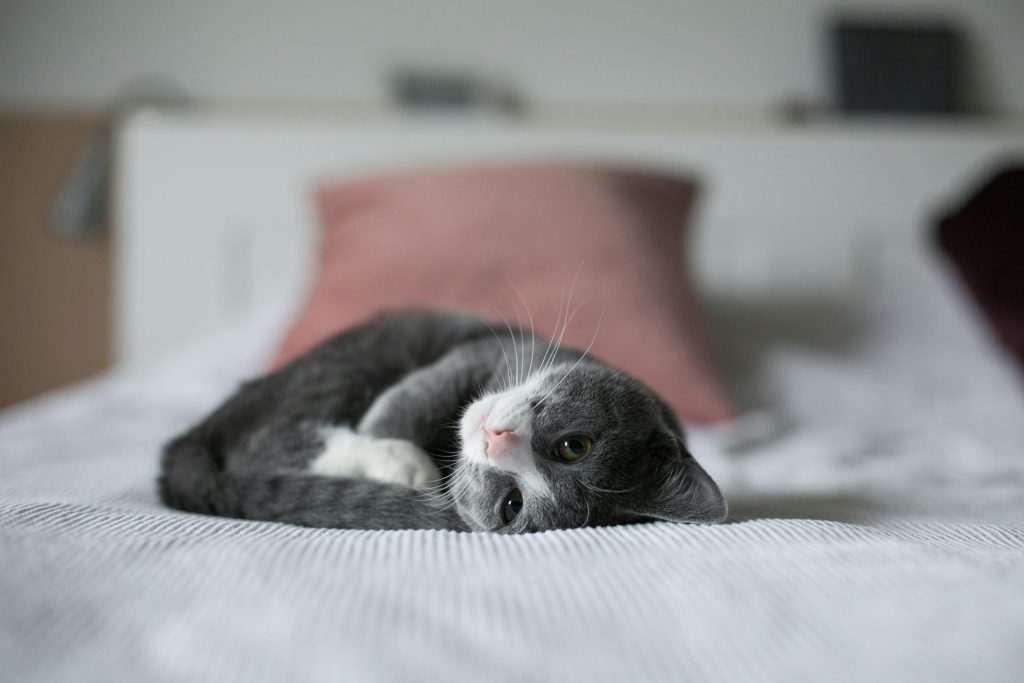
In Conclusion: The Importance of Monitoring Your Cat’s Eating Habits
Keeping a close eye on your cat’s eating habits is crucial. If a cat has lost their appetite, it may be a sign of underlying health issues that require attention. While a cat can survive without food for a while, the risks escalate quickly if a cat doesn’t eat. By being attentive and proactive, we can ensure our feline friends remain healthy and vibrant. Remember, regular monitoring can be the difference between a minor hiccup and a serious health concern.

Hi, I’m Zoey, a devoted mom to two charming Siamese cats. My passion lies in assisting fellow pet owners in providing optimal care for their cats. On CatsEuphoria, I share practical tips and relatable stories, inviting you to join me in appreciating the authentic bond between humans and our beloved feline companions.

